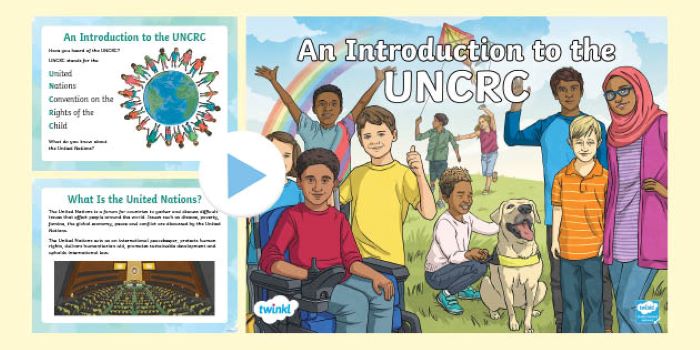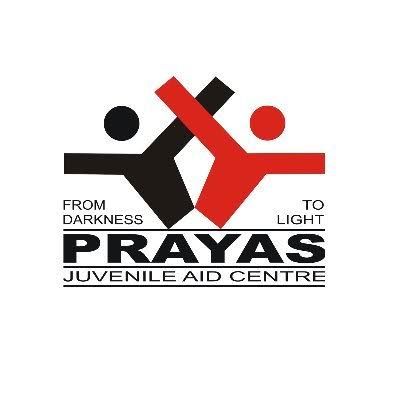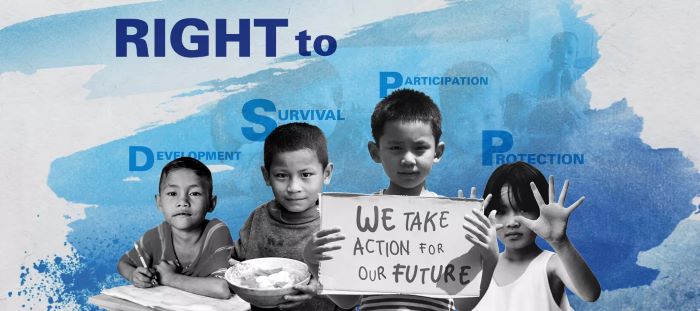Monday Musings: UNCRC is the Geeta,Quran and Bible of Child Rights
By Amitabh Srivastava, Edited By Adam Rizvi, The India Observer, TIO:
Who Speaks for the Children?
As world leaders play their endless games of political chess—trading arms, brokering power, and chasing influence—one question lingers: who is thinking of the children?
Whether it is starvation, earthquakes, or war, it is always the youngest who pay the highest price. The recent killings of children in hospitals in Gaza and Ukraine should have shaken the world. Yet the silence from many children’s rights NGOs and nonprofits has been deafening—a silence as chilling as the Silence of the Lambs.
Also Read, Tweet & Share: Monday Musings: Children are dispensable if they are poor
True, politics is complicated. But can’t these organizations, if their hearts are truly in the right place, quietly press through the channels of the United Nations and human rights forums? The answer, we suspect, is no. And we know why.
This indifference is all the more alarming when we recall that 196 nations have signed the United Nations Convention on the Rights of the Child (UNCRC), as of August 11, 2025. Unsurprisingly, the United States—under Donald Trump’s leadership—remains an outlier, refusing to sign. But what shocks more is India’s silence.
India signed the treaty in 1992 and has echoed its spirit through the Juvenile Justice Act, POCSO, and other laws. And yet, when children worldwide face unimaginable suffering, India is conspicuously absent from the conversation.
Also Read, Tweet & Share: A Steep Rise in Child Marriages in India: Will the Pandemic Strengthen more Societal Pressures for Women?
 Amod K. Kanth, the former DGP and founder of Prayas JAC Society, spoke powerfully at the 79th Independence Day celebrations in Delhi. “India stands by a Constitution that is secular,” he reminded, urging that every Indian must carry a copy of the Constitution in his pocket. A stirring sentiment—but how do we reconcile it with today’s defensive silence in the face of a global crisis spiraling out of control?
Amod K. Kanth, the former DGP and founder of Prayas JAC Society, spoke powerfully at the 79th Independence Day celebrations in Delhi. “India stands by a Constitution that is secular,” he reminded, urging that every Indian must carry a copy of the Constitution in his pocket. A stirring sentiment—but how do we reconcile it with today’s defensive silence in the face of a global crisis spiraling out of control?
To put things in perspective: the UNCRC is the most widely ratified human rights treaty in history. It wasn’t born in isolation but built on the painful lessons of war.
Also Read, Tweet & Share: Hindus for Human Rights exhibits unwavering strength: Sunita Viswanath’s impactful op-ed condemning Hindu nationalism appears in The Print.
-
In 1924, the League of Nations adopted the Geneva Declaration of the Rights of the Child, spurred by the rise of fascism.
-
In 1948, the Universal Declaration of Human Rights came after the horrors of World War II.
-
In 1959, the UN adopted the Declaration of the Rights of the Child, acknowledging gaps in the earlier documents.
The UNCRC, adopted in 1989, went further. It reshaped how the world sees children—not as objects of charity, but as rights-holders in their own capacity. Three landmark protocols followed:
-
On children in armed conflict (2000)
-
On the sale of children, child prostitution, and child pornography (2000)
-
On a communications procedure for complaints (2011, enforced in 2014)
Also Read, Tweet & Share: Monday Musings: Women take over Prayas and no one minds
 As Amod K. Kanth emphasizes, this is the philosophy that Prayas has lived by—long before the UNCRC came into being. For 37 years, Prayas has worked across 13 branches in India and now even through its “Friends of Prayas” in the United States.
As Amod K. Kanth emphasizes, this is the philosophy that Prayas has lived by—long before the UNCRC came into being. For 37 years, Prayas has worked across 13 branches in India and now even through its “Friends of Prayas” in the United States.
The question remains: if organizations like Prayas can uphold these principles, why do governments and global institutions falter?
Because at the end of the day, wars may be fought by adults, but it is always the children who carry the heaviest scars.
Also Read more from this Author: Monday Musings: That makes three in a (death) row
Curated by Humra Kidwai
Articles written by contributors have different viewpoints. The views expressed in the articles are the author’s own and not necessarily supported by TIO, The India Observer its affiliates, staff, or the management. Our Articles can be reproduced, with the following conditions, (1) No alteration to the content, (2) Visible, and full credit is given to the Author & Editor. (3) Citing, The India Observer, TIO. In the case of online or electronic media, a link to the original article must be given. Rules are strictly enforced. Any questions, email the Editor at: Mediaiss@gmail.com Or TheIndiaObserver@gmail.com



